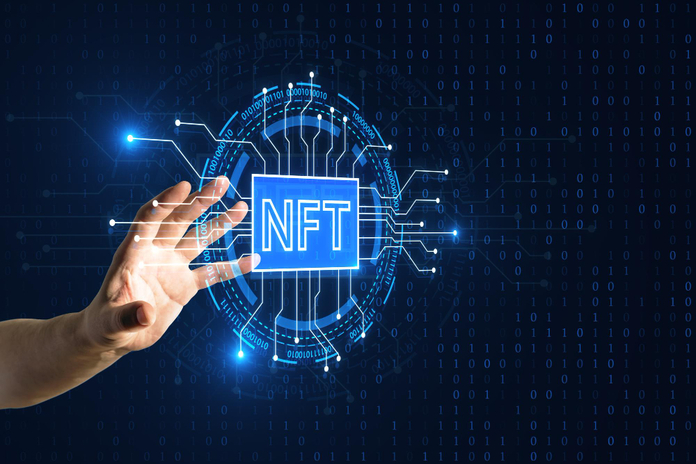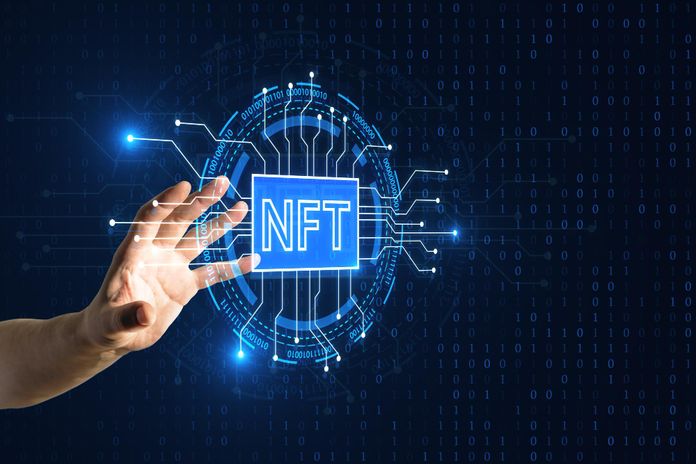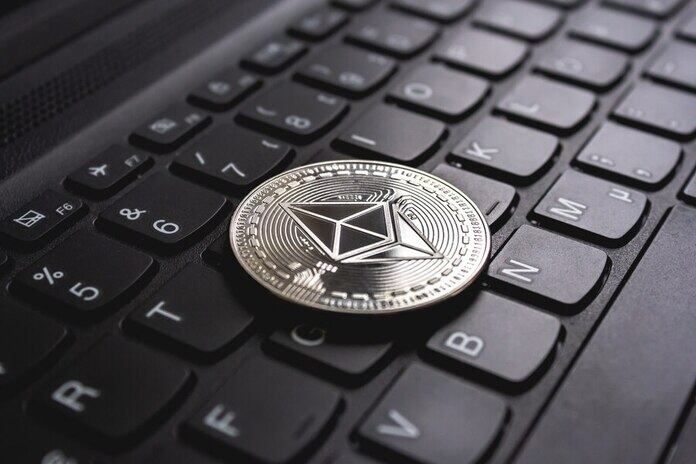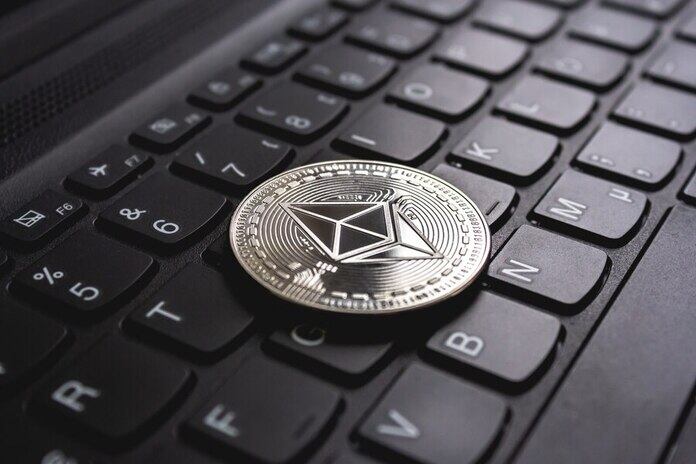Fantasy Top Leads NFT Sales, Exceeds $1 Million

The Fantasy Top collection surged to the top of CryptoSlam’s daily non-fungible token sales chart on Wednesday, exceeding $1 million in transactions for the first time this week.
The leading Blast collection reported 7,467 transactions involving 2,246 unique buyers and 2,749 sellers.
Meanwhile, the Ethereum blockchain outperformed other platforms on the same day, recording sales of $6.25 million, although this represented a 22.3% decline from the previous day’s $8.15 million. In the NFT rankings, Bitcoin’s NodeMonkes collection secured the second spot with sales of $908,671, up from the previous day’s $571,992.
NodeMonkes currently ranks 26th in CryptoSlam’s all-time list with total historic sales of $224.5 million, just $2.5 million short of surpassing Crabada, an Avalanche collection.
The third-ranking collection for the day was Mocaverse on the Ethereum chain, which achieved $830,873 in sales, a significant increase from the previous day’s $193,042. On Wednesday, Mocaverse released additional details about its upcoming NFT airdrops.
DMarket from Mythos claimed the fourth position with daily sales of $711,025, a slight dip from the previous day’s $734,617. The collection saw a high volume of activity with 28,120 transactions conducted by 3,635 unique buyers and 3,231 sellers.
Following closely were Solana’s Mad Lads and Ethereum’s The Captainz, ranking fifth and sixth, respectively. Mad Lads recorded $613,391 in sales from 50 transactions, while The Captainz generated $567,277 from 50 transactions as well.
The Bored Ape Yacht Club, a regular feature in CryptoSlam’s daily NFT charts, ranked seventh with $530,359 in sales from just 11 transactions, reflecting the high value of assets within the collection.
Rounding out the top ten were Immutable’s Guild of Guardians Avatars, Polygon’s SKGirl, and Bitcoin’s SOL BRC-20 NFTs, with sales of $514,252, $301,171, and $209,525, respectively.
Featured Image: Freepik








